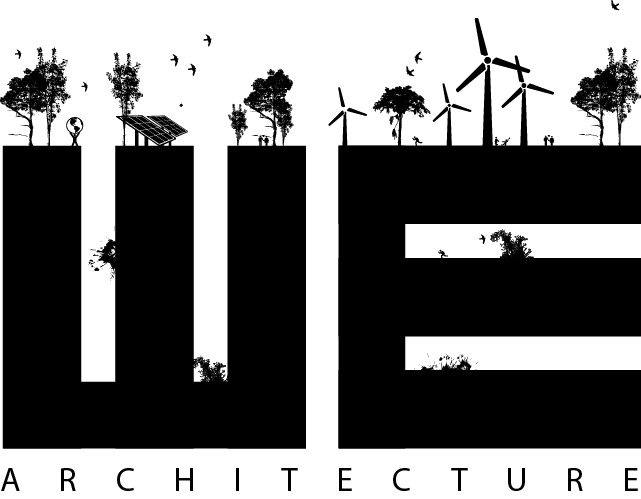Marc Jay participated the "Bucharest Triennale East Centric Architecture" as both a jury member and lecturer
Marc Jay processed the many contributions accompanied Bogdan Ghiu, Eva Prats and Ricardo Flores, and Sarah Robinson in the jury, while also participating a wide range of conferences, debates, events and workshops in relation to the topic and not least the geographical region of Central and Eastern European. As one of the main speakers during the triennale, Marc Jay did a lecture about the definition of home. Below you can read an outtake from his lecture adding thoughts on the meaning of home in today’s fast-paced and contemporary life and society.
Within the geographic and urban planning sciences, space and place are considered significant and separate concepts that can be used to describe the feeling of home. While space is an abstract concept, without any substantial meaning, place refers to how people are aware of and are attracted to a certain piece of space. A place is therefore a space, but with meaning. Our home is often the most substantial of places; synonymous with shelter, memories and strong emotional attachment. A home can be many things – a house, a hometown, a home region or a home country.
Technological advances and the derivative globalisation within the past decades have, in many ways, redefined our understanding of the world. We travel the world at a frequency that was unseen just 20 years ago. You could argue that globalisation has made the world our home. The massive influx of technological and cultural data has made an impact on how urban planning and architecture is developing. It is evident that it is now increasingly characterised by global tendencies.
We are experiencing the social media effect also within the field of architecture, creating an “archdaily era”, where landmarks and iconic architecture is spreading fast. Trends within urbanism are copied and the formal expressions of buildings are becoming increasingly similar from country to country. Copenhagen, Paris and Madrid have never looked more alike; we all want the next Guggenheim and have the same high-street shops on our boulevards like H&M and Zara.
As architects and urban planners, it is our duty to contribute with a positive storytelling of our countries, regions, cities and areas. We have a great responsibility of interpreting the modern technological and architectural tendencies of the global development into site-specific projects, incorporating local character and history. It is essential that we do not dilute our local identity in the quest of achieving a hyper modern city competing with other similar cities in a global race. Instead, we should create a carefully human made landscape that, on one hand, is inspired by the global knowledge and tendencies, but at the same time emphasizes the uniqueness of the place giving it identity and story. As architects and planners, we are storytellers and the buildings and cities we develop should tell the story of our past – making it “home” by drawing on collective memory, and not another copy-paste of how the rest of the world is looking.
Read more about Bucharest Triennale East Centric Architecture 2019 here.

